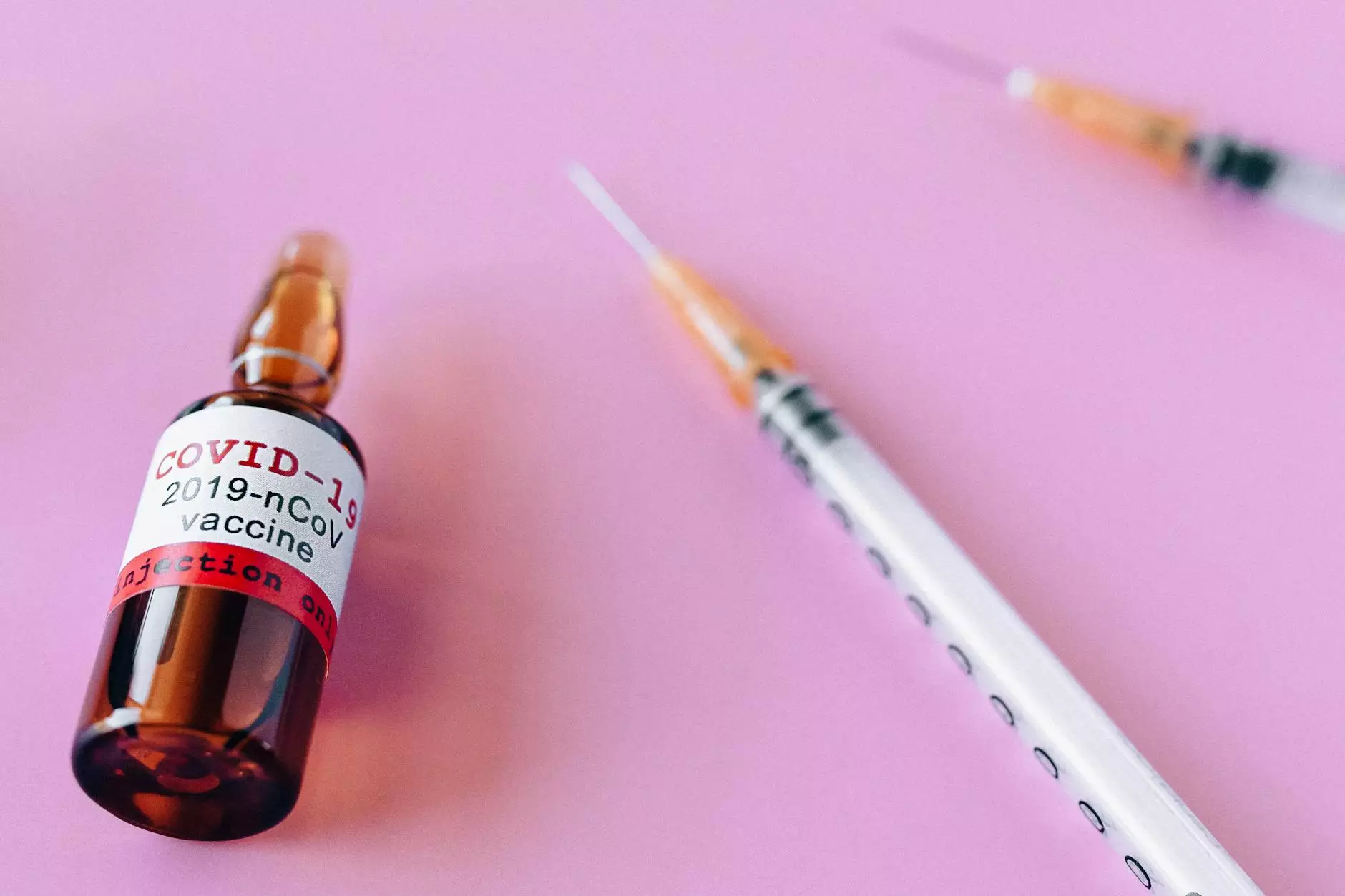The Comprehensive Guide to Thrombophlebitis Signs

As part of the realm of medical terminology, "thrombophlebitis signs" holds significance in the context of vascular medicine at Vein Center of Arizona – the ultimate destination for comprehensive and top-notch health care services in the field.
Understanding Thrombophlebitis
Thrombophlebitis is a condition where a blood clot or thrombus forms in a vein, causing inflammation and obstructing blood flow. It can occur in both superficial veins close to the skin surface and deep veins within the muscles of the arms and legs.
Common Signs and Symptoms
The signs of thrombophlebitis can vary depending on the location and severity of the condition. Some common symptoms include:
- Pain and tenderness: The affected area may be painful to the touch and feel tender.
- Redness and warmth: The skin over the affected vein may appear red and feel warm to the touch.
- Swelling: Swelling may occur in the affected area due to inflammation.
- Palpable cord: In some cases, a palpable cord-like structure may be felt over the vein.
- Increased skin temperature: The skin over the affected area may feel warmer than usual.
- Vein discoloration: The vein may appear discolored, particularly in cases of deep vein thrombosis.
Diagnosis and Treatment
Diagnosing thrombophlebitis involves a thorough physical examination, imaging tests such as ultrasound, and blood tests to detect the presence of blood clots. Treatment typically includes:
- Compression therapy: Compression stockings or bandages may be recommended to improve blood flow and reduce swelling.
- Medication: Blood thinners or anticoagulants may be prescribed to prevent the formation of new blood clots.
- Warm compress: Applying a warm compress to the affected area can help alleviate pain and inflammation.
- Elevating the leg: Keeping the affected limb elevated can reduce swelling and improve circulation.
Preventing Thrombophlebitis
It is crucial to take preventive measures to reduce the risk of developing thrombophlebitis. Some strategies include:
- Maintaining a healthy weight: Excess weight can strain the veins, increasing the risk of blood clots.
- Staying active: Engaging in regular physical activity can improve blood circulation.
- Avoiding prolonged sitting or standing: Changing positions frequently can prevent blood pooling in the veins.
- Quitting smoking: Smoking can damage blood vessels and increase the risk of clot formation.
Trust Vein Center of Arizona for Vascular Health
For individuals seeking expert care in vascular medicine and a dedicated team of doctors specializing in vascular health, Vein Center of Arizona is the premier choice. With a focus on patient-centric care and innovative treatment approaches, the center is committed to ensuring optimal outcomes for individuals with vascular conditions.
By understanding the signs and symptoms of thrombophlebitis and taking proactive steps to address the condition, individuals can safeguard their vascular health and lead a fulfilling, active lifestyle.
Experience the exceptional care and expertise of Vein Center of Arizona today!









